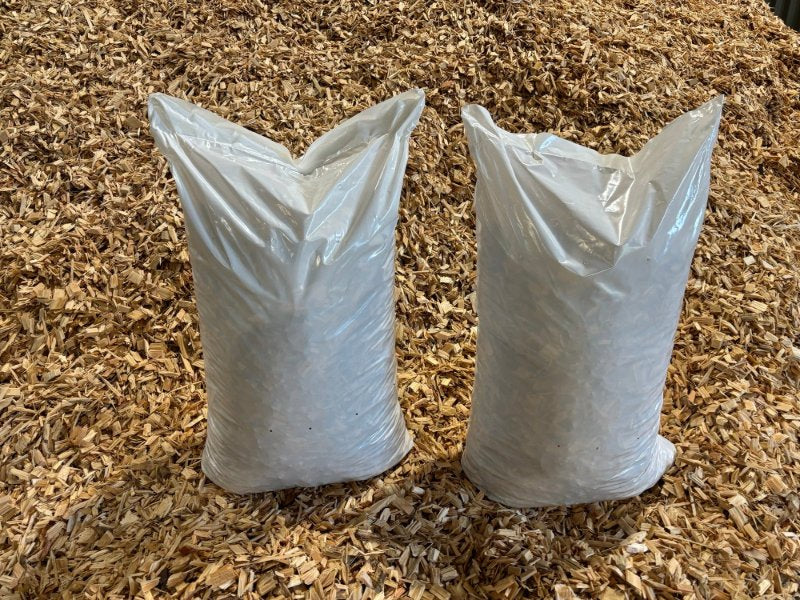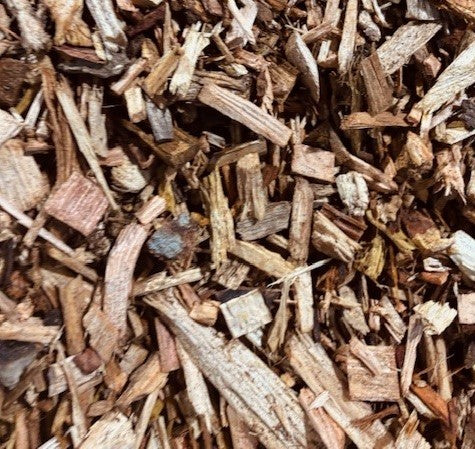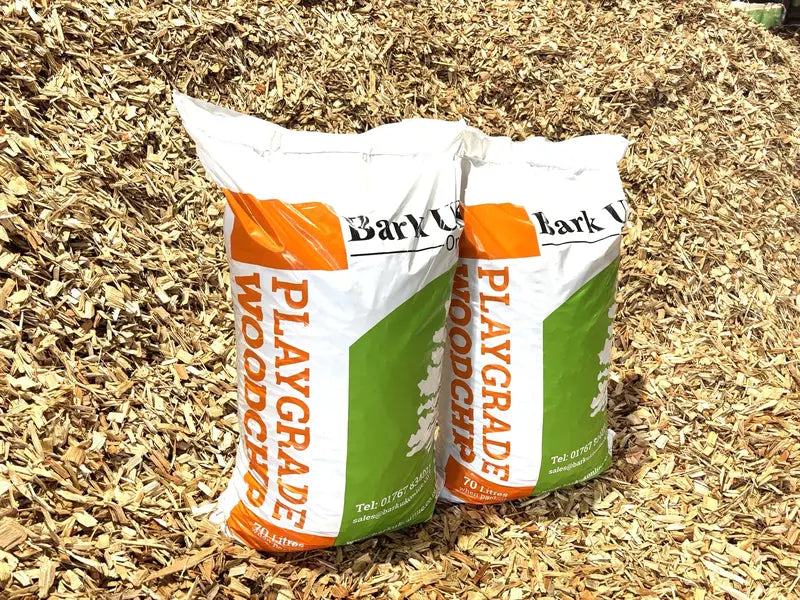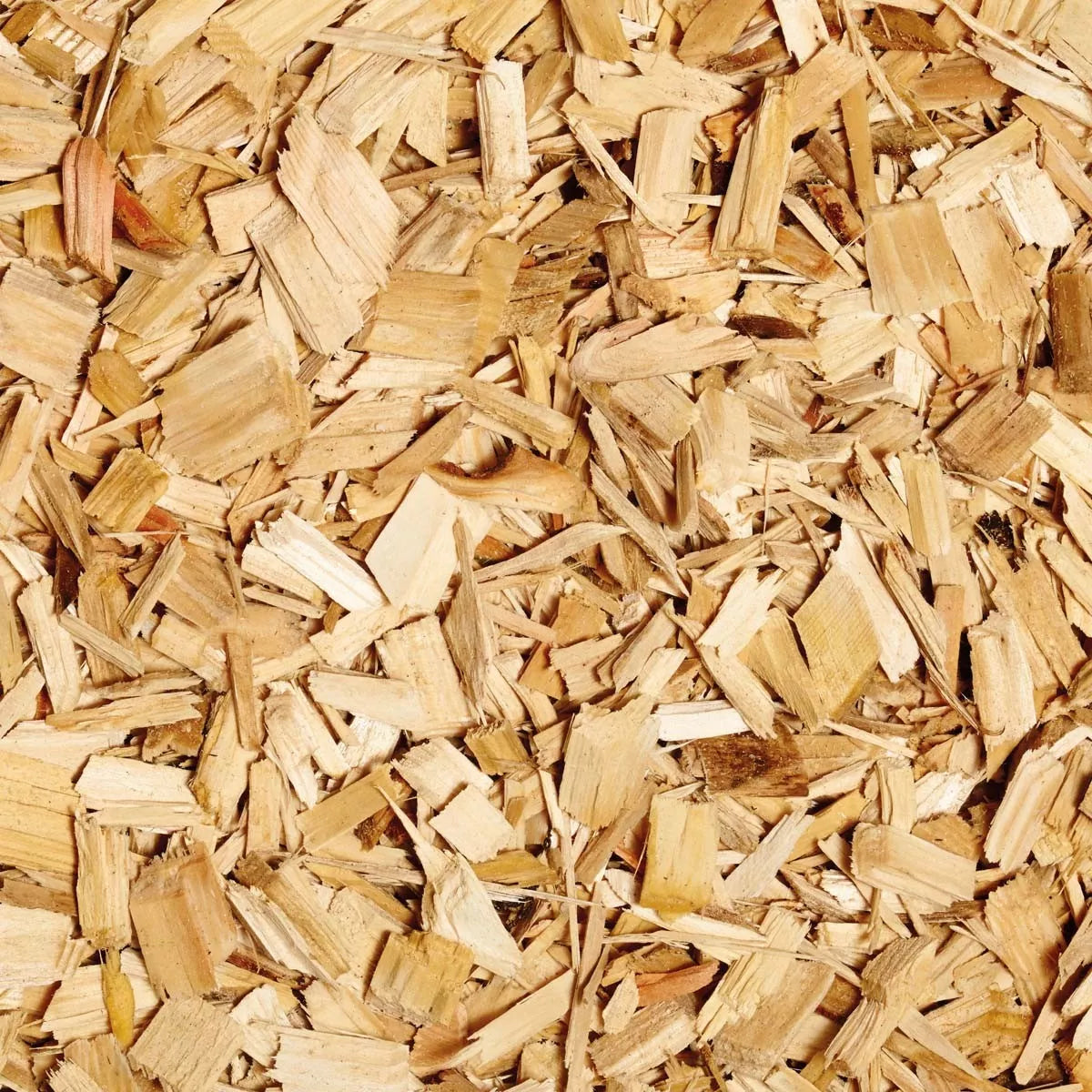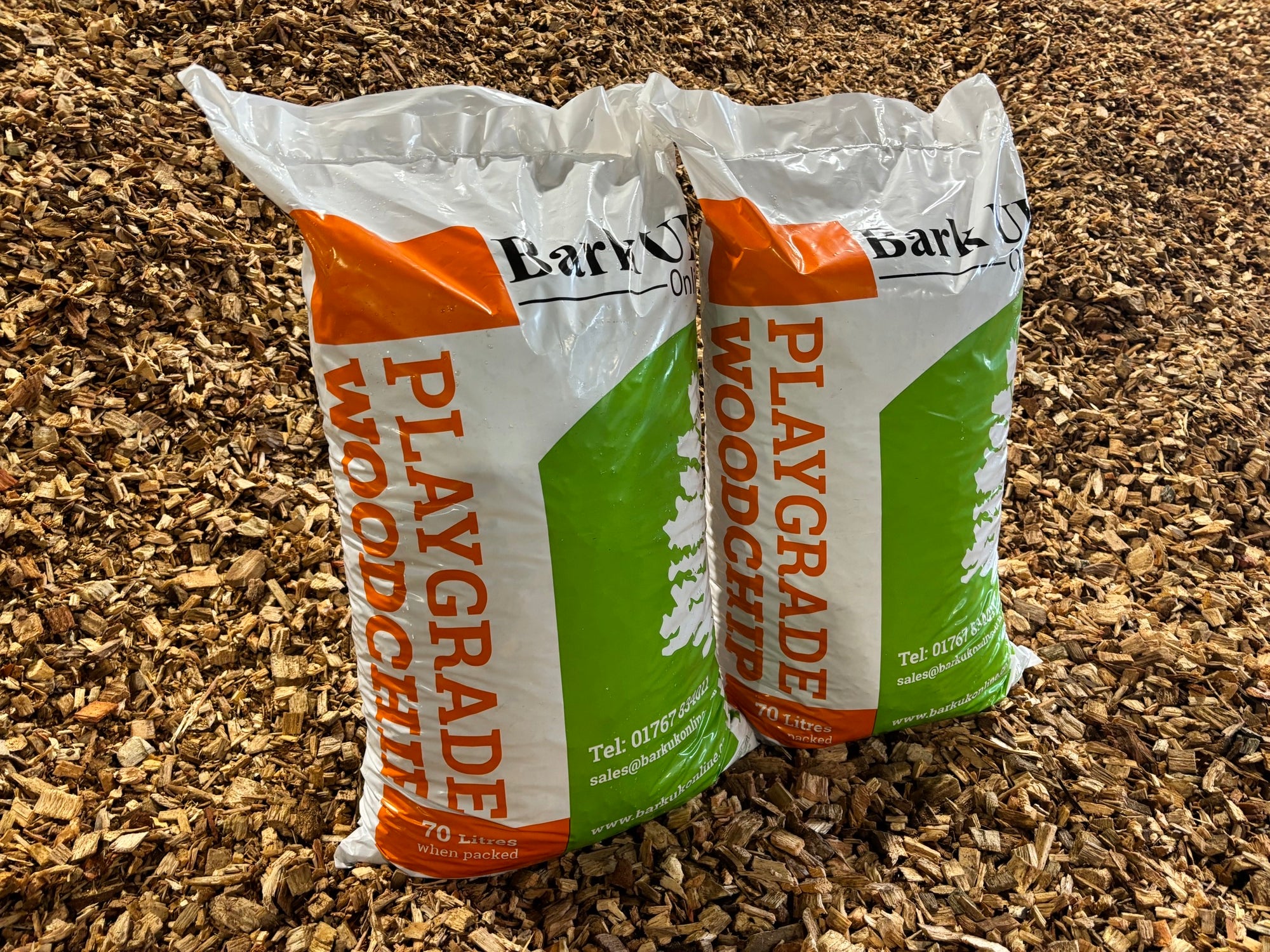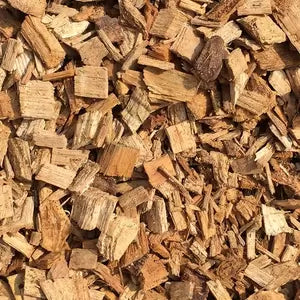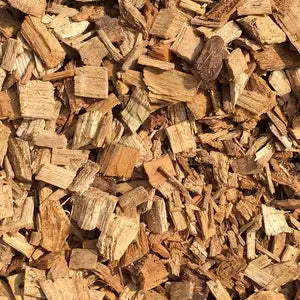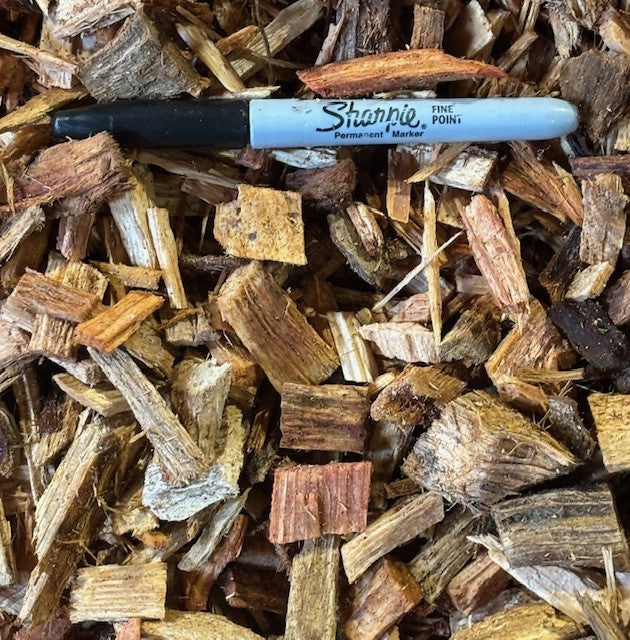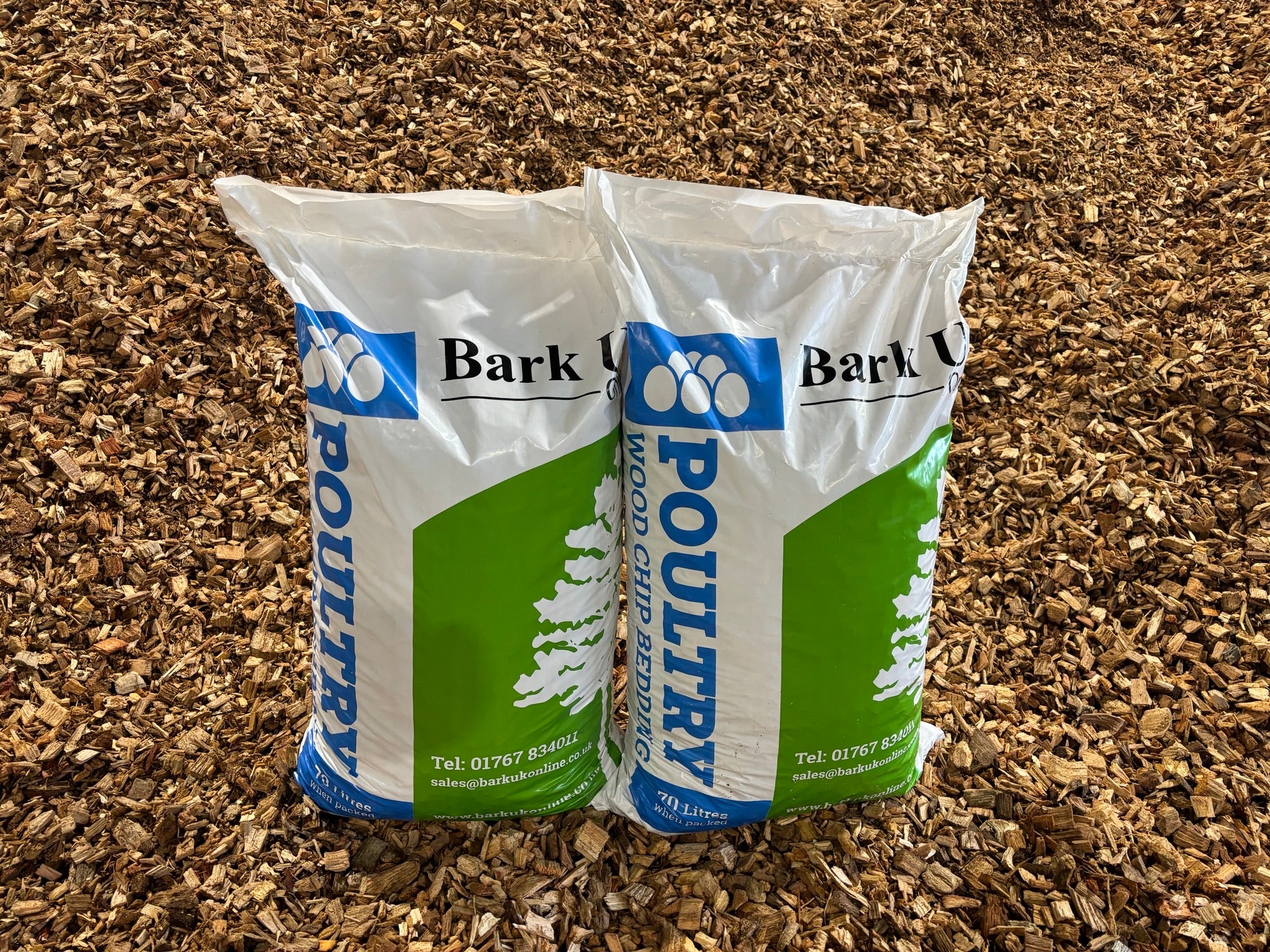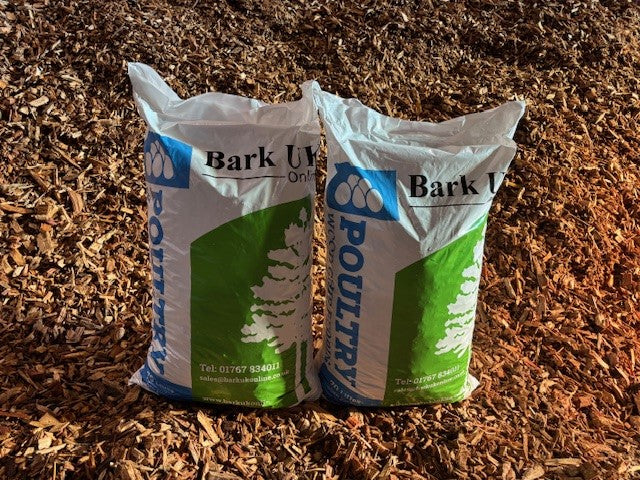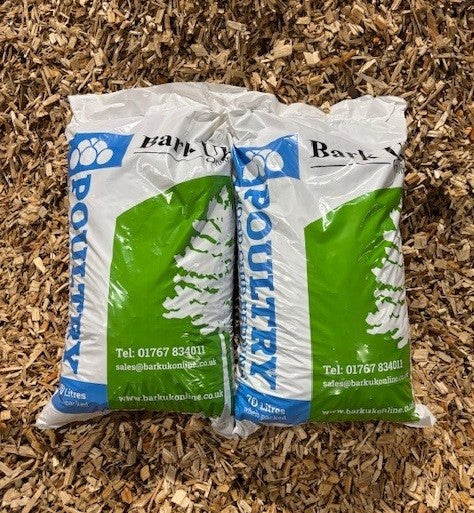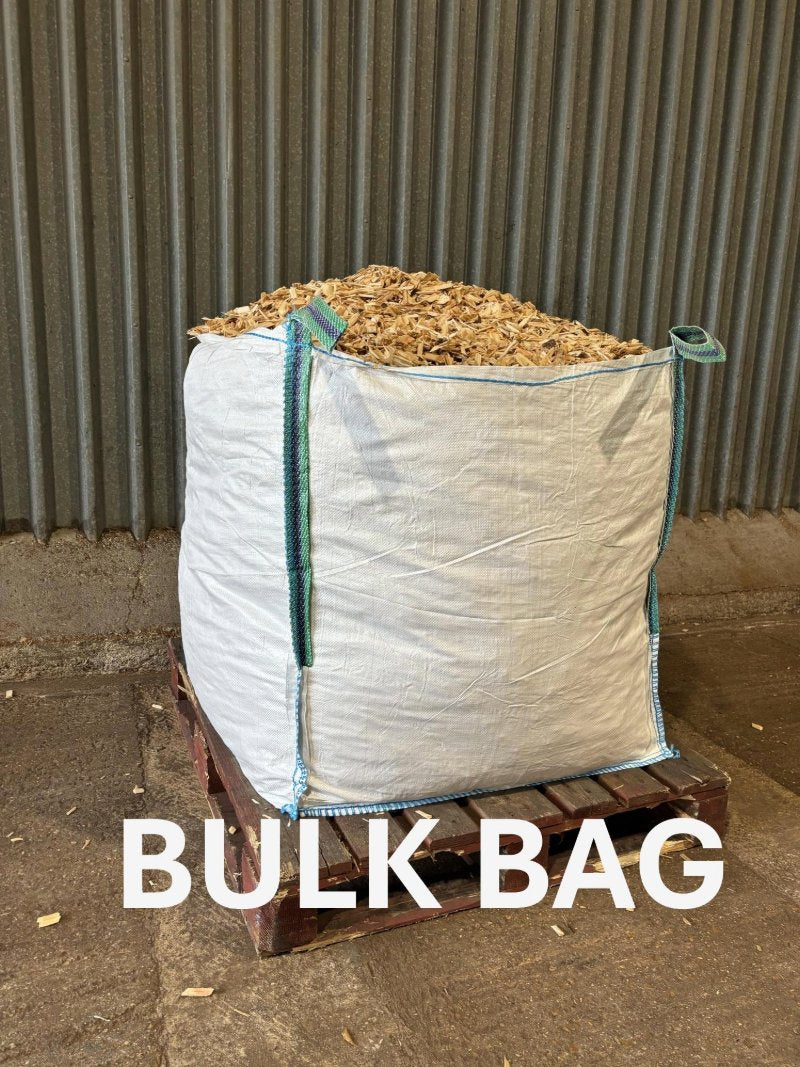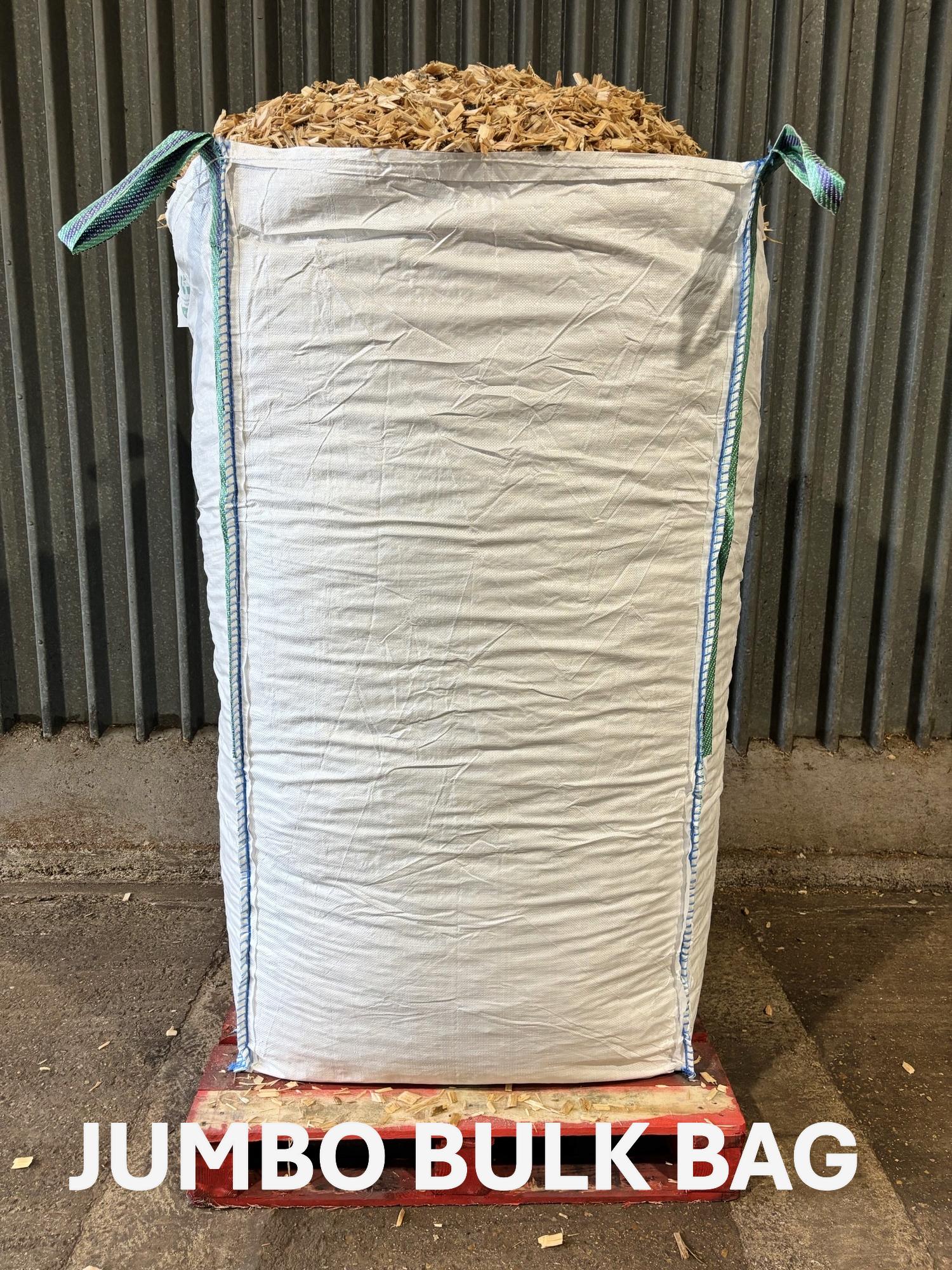How to Store Bulk Wood Chips in Warmer Weather
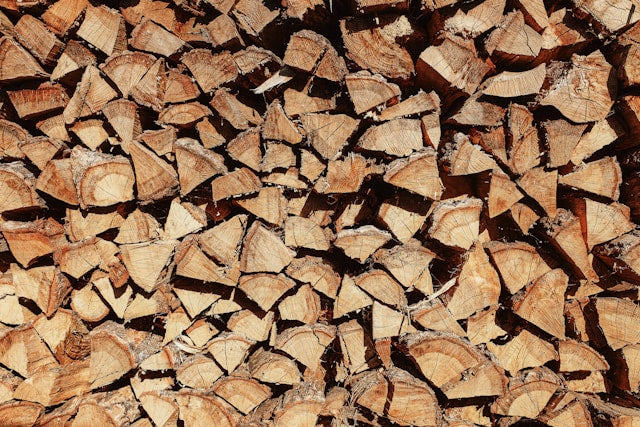
Bulk materials such as bark and mulch degrade quickly in the wrong conditions. Storing wood chips during warmer months requires more than just piling them up and hoping for the best. Without proper handling, they can become a fire hazard, turn anaerobic, or attract infestations that ruin the product entirely. Landscaping professionals working at scale must think in terms of material integrity, airflow control, and fire risk reduction, not vague seasonal advice. In this article, we’ll outline practical strategies for managing storage during hot weather, ensuring chip quality remains intact and usable.
Understand Heat Build-up in Chip Piles
Internal heat in large wood chip piles can climb rapidly, especially when moisture and compression trigger microbial activity. This is not just about composting—it creates pockets of trapped heat that can reach combustion temperatures in certain scenarios. Unlike compost heaps, these storage piles are not meant to decompose. They are intended to retain structure, which means allowing them to smoulder defeats the purpose entirely. Understanding the thermal profile of chip piles is the first step towards responsible bulk storage.
Air circulation is key to keeping internal temperatures stable. Compressing chips too tightly restricts oxygen flow, encouraging fermentation and rapid heating. Avoid forming large, conical piles with no ventilation gaps. Keep the height moderate and the surface loose where possible. This helps air permeate the material and allows heat to escape gradually rather than building up at the core.
Select a Storage Site Based on Practical Constraints
Not every open space is suitable for chip storage. Even paved yards can pose challenges if they drain poorly or reflect too much heat. The best locations are flat, elevated, and allow water to drain away without pooling. Avoid areas directly exposed to full sunlight all day, especially if they reflect heat from walls or fencing. A naturally shaded or partially sheltered position works best if it doesn’t compromise air circulation.
Proximity to activity areas also matters. Keeping storage sites separate from traffic routes reduces the chance of compaction by machinery or unnecessary disturbance. If the chips are being held for eventual redistribution, access for loaders or trailers must be considered without affecting the pile’s structure. Don’t use tarpaulin covers that create sealed environments - they trap heat and cause condensation. Use breathable landscape membranes that allow evaporation while keeping out excess rain.
Manage Moisture Without Resorting to Sealing
Moisture management plays a significant role in preventing spoilage. Too much water encourages microbial growth, while too little increases fire risk by allowing chips to dry out entirely. Balance is the priority. Rainfall itself is not the problem; it’s the inability of water to leave the pile that creates issues. Chips that sit waterlogged for days will break down faster and smell sour.
Avoid sealing piles with plastic or wrapping. These methods trap moisture and heat together, accelerating decomposition. Instead, consider building shallow sloped piles that let rainwater run off. If necessary, create channels or lay perforated ground sheeting underneath to support drainage. The material should feel slightly damp to the touch but never wet enough to clump or steam.
Rotate and Layer to Limit Degradation
Rotating bulk material is a standard industry practice to prevent degradation and pest issues. When dealing with wood chips in warm weather, periodic turning helps redistribute moisture and dissipate trapped heat. This is especially important for piles stored longer than a few weeks. Chips at the centre of the pile are more likely to become anaerobic, and rotating helps reduce that risk.
Layering is another effective method. Alternate coarse and fine chips to prevent compression and encourage better airflow throughout the stack. This is particularly useful for mixed loads or uneven batches. If reintroducing new material into older piles, avoid burying fresh chips too deeply, as they will heat up rapidly and promote spoilage. Instead, keep new stock separate or on top for better control.
Monitor for Decomposition Without Guesswork
Avoid vague indicators like “odour” or “appearance” as your only means of assessment. Use temperature probes to monitor the internal state of chip piles regularly. A long-stem thermometer can provide insight into areas you cannot see, particularly at the centre. If temperatures consistently rise above 60°C, your pile is heading into dangerous territory.
Look for fungal growth, white spore patches, or changes in colour that indicate microbial activity. A well-maintained chip pile should retain its original texture and tone without turning slimy or dark brown. Catching these issues early allows for batch segregation or immediate aeration. Don’t let the material reach a point where it smells fermented—by then, it’s already in decline.
Integrate Storage with Seasonal Garden Preparation
Bulk chip storage isn't isolated from day-to-day planning. It should connect with larger schedules like garden preparation and seasonal planting. When preparing for warmer months, many landscapers underestimate how early wood chips need to be on-site and conditioned for use. Late delivery followed by poor storage often means the material is unusable when needed.
Work backwards from planned application dates to determine optimal delivery and storage timelines. If your team is preparing garden beds, tree surrounds, or moisture barriers, schedule storage rotations accordingly. This ensures the chips are stable and safe for use at the right time, without the need for last-minute substitutions. Poorly timed storage undermines project planning and increases costs unnecessarily.
Be Realistic About Fire Risk and Insurance Implications
Wood chip fires are rare but not theoretical. They typically result from long-term mismanagement, but a single spark or high-heat core can trigger combustion. Understand how your insurer classifies chip piles, especially if they are near buildings or equipment. Many commercial policies require minimum distances between combustibles and structures.
Avoid storing chips near petrol tanks, open flames, welding areas, or industrial heat sources. If the material needs to be stored for months during summer, carry out risk assessments and keep fire extinguishers or hoses nearby. Contact your insurer if unsure—an unreported storage issue can void coverage. Practical fire safety measures are not optional when storing large organic volumes in the heat.
Treat Storage as a Functional Extension of Your Gardening Routine
Bulk chip storage in warmer weather isn’t a passive step. It must be viewed as part of a working system that connects site planning, batch management, and seasonal usage. Everything from airflow to shade plays a part in how the material holds up, especially over weeks or months. Treat the storage site like a live environment, not a dumping ground.
Effective practices reduce waste, preserve product value, and ensure reliability when chips are finally used. At Bark UK, we supply bark, mulch, and chips suitable for professional use, and we understand the logistical side of storage in UK conditions. Talk to us about supply planning or practical storage advice that supports your next landscaping project.
Get in touch with us to order high-quality bulk wood chips and get advice on managing them year-round.


